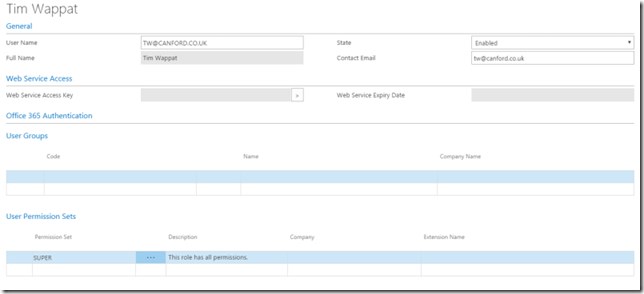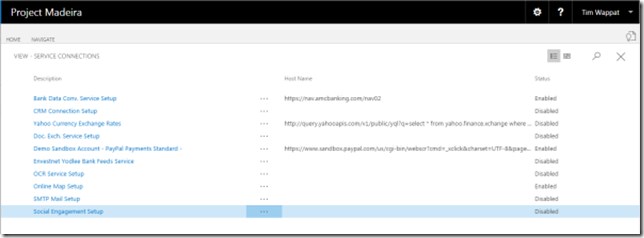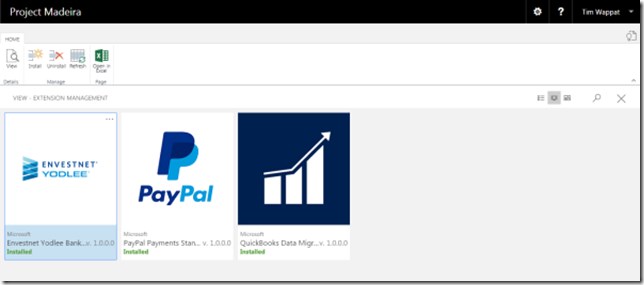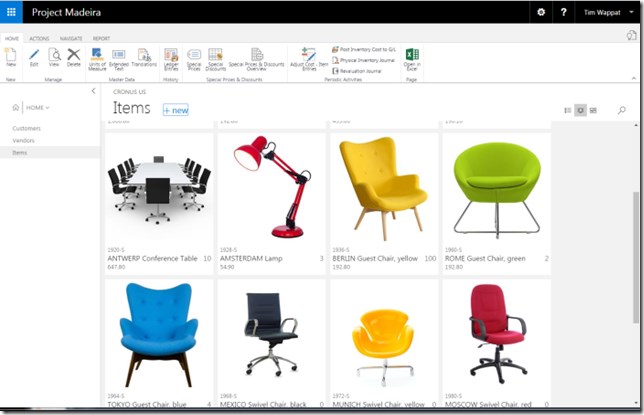Project “Madeira”– Microsoft tackle cloud ERP threat
The big announcement this week was Project Madeira, a new Cloud based ERP solution in Office 365, running as a multi-tenant, from and managed by Microsoft. It is odd that this came a week after the Envision conference and perhaps the fact that the project has not yet got a RTM name says they just couldn’t keep it under wraps any longer?
The product is initially only available for the US market, but I predict it will quickly roll out to the rest of the world. A demo site is available to give it a spin…
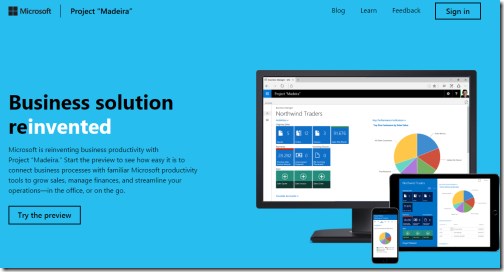
The product is possibly going to address the issue I blogged about earlier this year, where cloud based solutions such as Netsuite are causing disruption in the ERP market, forcing MS partners to diversify in order to win some new deals. It is also promoted as a bridge for smaller companies to move from the first small financial solutions software packages to grown up ERP. So the important point is that now MS partners have options of on-premise or much simplified SaaS subscription sales. Microsoft benefit from bringing the SaaS solution in house onto Azure, of guaranteeing the customer experience of the service is excellent.
Project Madeira is based on the Microsoft NAV code base and written to run on the Azure cloud platform, as a multi-tenant application, this means everyone will be provisioned with the same solution, unlike the managed service version of NAV that can be modified for a customers requirements and requires manual updating as new releases occur. Madeira can be extended with a plug-in extension system.
From the outset Microsoft are encouraging ISV’s to get on board and develop plugin extensions to the new product, already supplied is a migration tool for Quick Books and excel. The product is aimed at smaller businesses (sub 100 seats), although that is a goal post I can see changing in the future as it gets established and those businesses grow. MS are bound to grow the product to avoid loosing those customers. As the solution is a cloud SaaS application, the maintenance and updates to the application will be forced from Microsoft to everyone on the platform, thus why custom modifications cannot be supported.
Trying it out
As a curious fellow, I had to take it for a spin.It is NAV but not as we know it. Error messages, menu options and help links all affirm that this product has been evolved from the NAV code base but written for cloud hosting and delivery. It is currently a much simplified, smaller in breadth and depth of features compared to its parent, but covering the basic needs of a small business that it is currently aimed at. There is plenty of time before the product goes to market for changes to occur too.
There are already places to get Web Service Access in the user interface and windows to configure extensions so this looks good for developers. There are also options to configure external services connections.
Item maintenance is a breeze and feels natural and familiar.
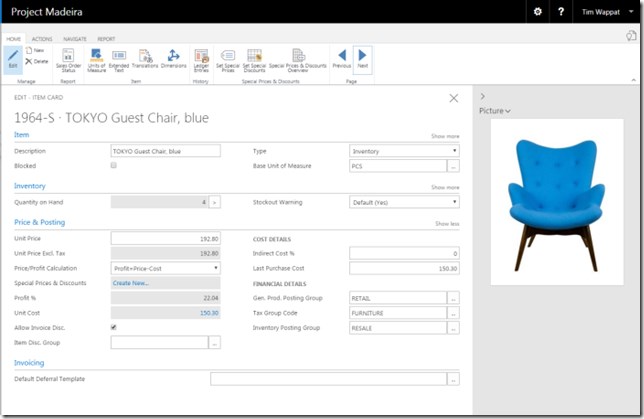
By the end of my investigation I so wanted one of those Tokyo chairs!
This announcement came out of nowhere for me, after taking the preview for a run, I was pleasantly surprised by how good it felt, this doesn’t feel like a rushed out marketing driven market positioning project that I expected. I do feel that the Acumentia and Netsuite et al have an advantage being born in the cloud, and having a number of years maturing there too, however this is looking like a credible product for small companies. Microsoft now have a large number of ERP solutions in its portfolio, something difficult for the marketing team and a burden for the developers, but with each having a good market share I can’t see any of them going anywhere soon.


